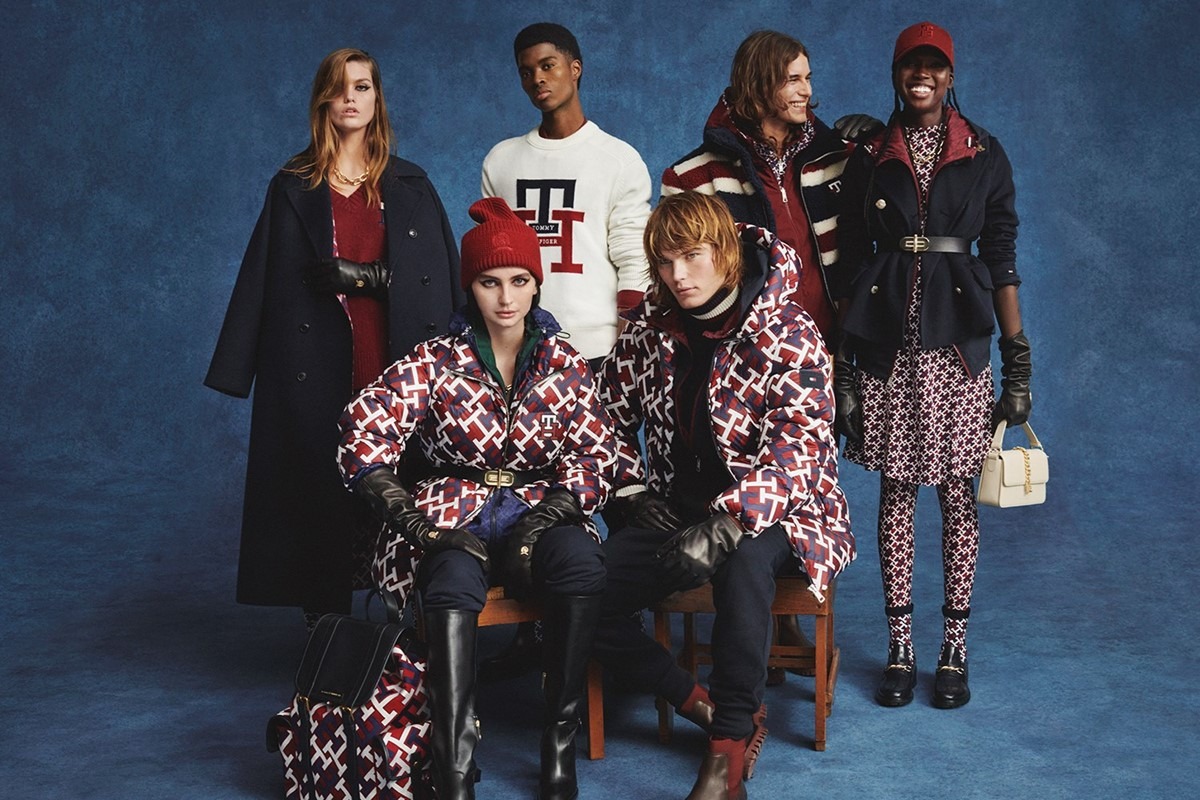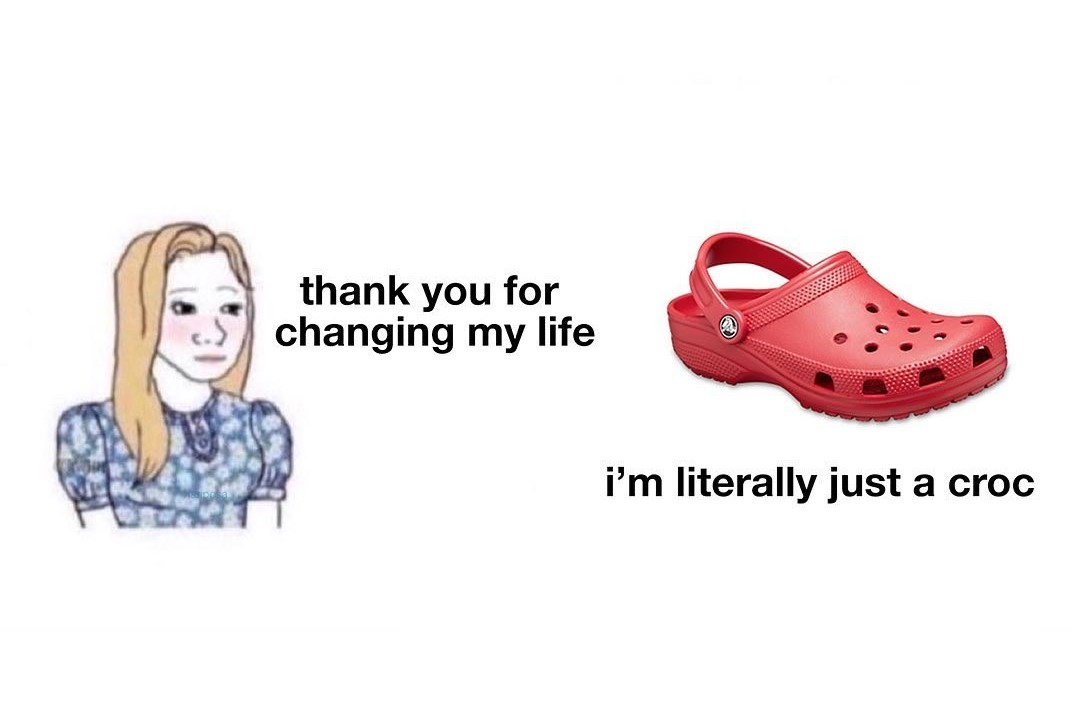
Fergus Purcell on what inspired his fresh take on the Tommy Hilfiger logo
We sat down with the creative mind behind some of the industry’s most famous iconography to discuss how an alchemy of sound and vision led him to reimagining TH monogram for AW22




Chances are when I say Tommy Hilfiger, the first thing you’ll think of is the logo. Artist Fergus Purcell, tasked with reinterpreting said iconography for AW22, agrees from a seat in his leafy garden: “I can usually pinpoint the exact moment I saw something – I have quite a visual memory – but with Tommy Hilfiger, it almost feels like it’s been there the whole time.” Popular in the 90s with prepsters and stars such as Aaliyah and Wu-Tang Clan alike, the distinct, International Code of Signals’ flag “H” was omnipresent on t-shirts, jeans, bandeaus, jackets and more while shifting meaning, coming to signify the early streetwear sensibility of that era and has endured to the present day. Celebrating this core ethos of a visual language updated by each new wearer’s personal interpretation, the brand’s latest collection invites Fergus Purcell – the man behind Palace’s famous Penrose triangle logo – to recalibrate its graphic identity.
With a career spanning multiple decades and numerous brands, from Ashley Williams to Marc Jacobs, Purcell is a well-versed visual polyglot and a prime candidate for updating something as iconic as Tommy Hilfiger branding with a new interlocking monogram. Described as “perfectly imperfect,” this new motif is scaled and abstracted in various ways – from singular emblems to large repeating patterns – across a collection of Hilfiger staple puffers, accessories and unisex styles that attest to Purcell’s playful and seasoned approach to street style. At home at the intersection of fashion, music, and the way different tribes present themselves to the world, his interests have always informed each other. Initially drawn into fashion by punks and their subsequent introduction of clothes as performance, this “magic” of clothes, as seen on the streets in particular, “as a kind of concept or artistic medium” has powered Purcell’s creativity ever since. “Clothes come freighted with meaning,” he says, citing his formative devotion to 80s hardcore bands and their “graphic sensibility” as an early influence on the way he plays within these parameters now. Demonstrating a deftness at adapting his practice to different audiences, the unifying mission throughout his endeavours is the continuous pursuit of his own definition of “good design” – that which has broad appeal.
For this reason there is no one piece that Purcell identifies as his favourite, nor a target demographic in mind when asked. With a brand like Hilfiger he admits he usually approaches the brief as if “a fly in the ointment,” but this time he felt the urge to lean into the collegiate lines that have defined the brand for years, manipulating them into “something that was new and iconic but also felt as though it could have existed already.” Decades into doing this, he doesn’t tire of seeing his designs functioning IRL – though he doesn’t point it out anymore. “They always look at me like, ‘What a wanker!’” he jokes, belying the earnest joy he finds in observing his pieces in the wild. As a new crop of pieces join the fray, they add to a postmodern climate inundated with imagery, music, books, and films like Uncut Gems – a cacophony of everything, everywhere, all at once – that becomes a self-feeding loop of inspiration and creation for Purcell.
Watch to find out more about what fuels Fergus Purcell’s practice and how this channelled into his hacking of the Hilfiger monogram in the video below. Explore the collection here.



